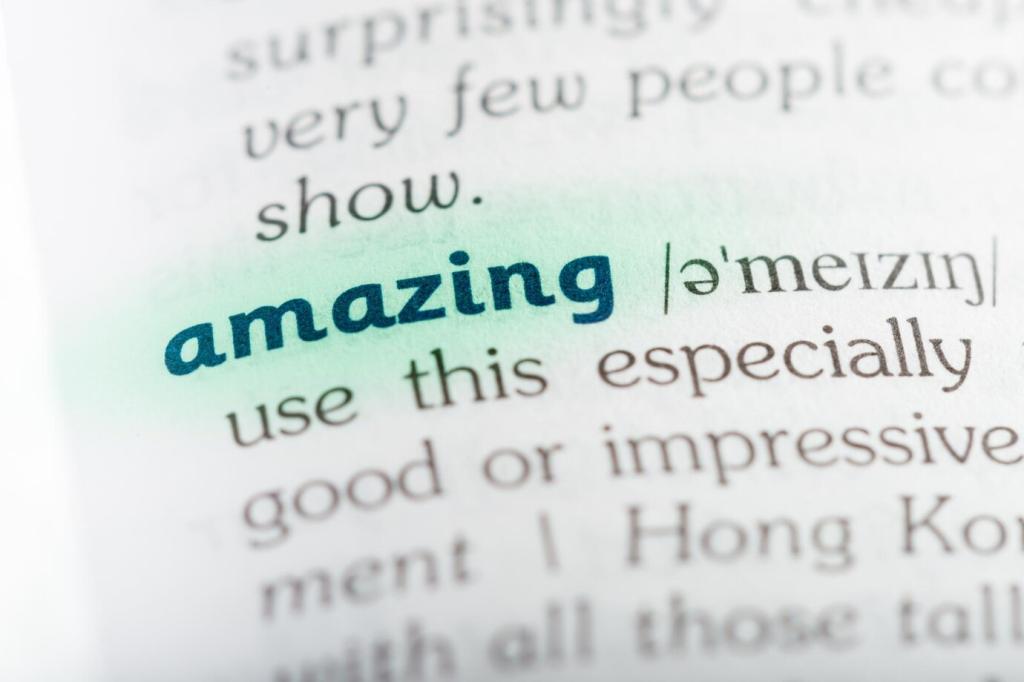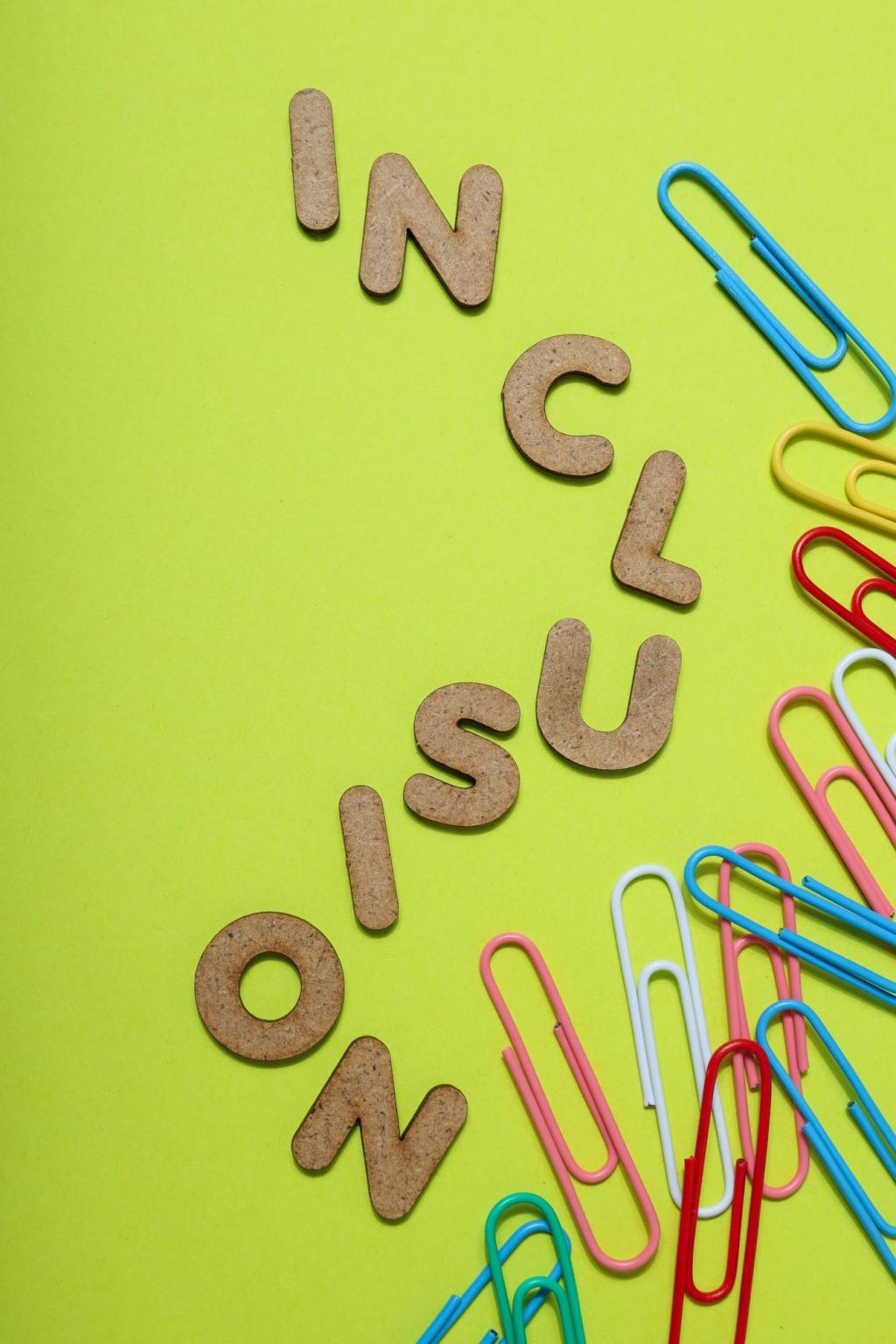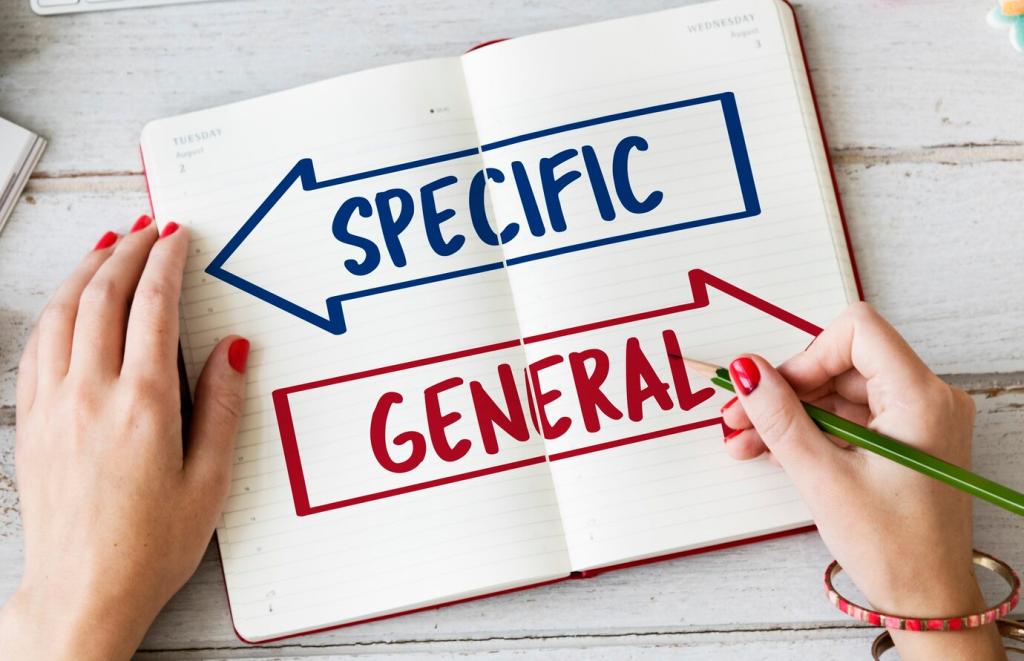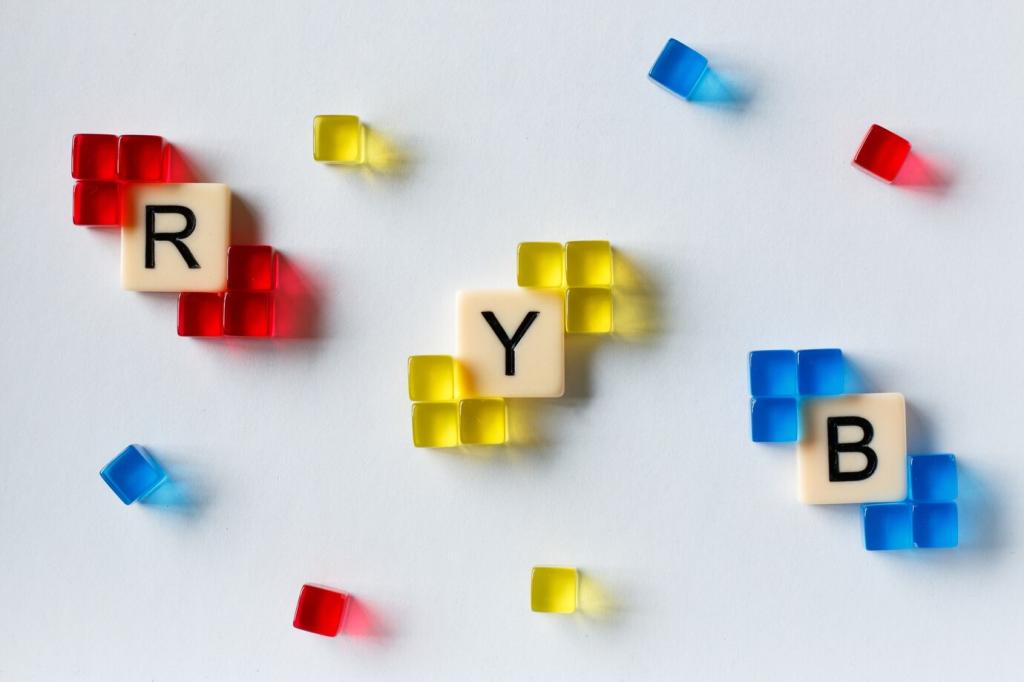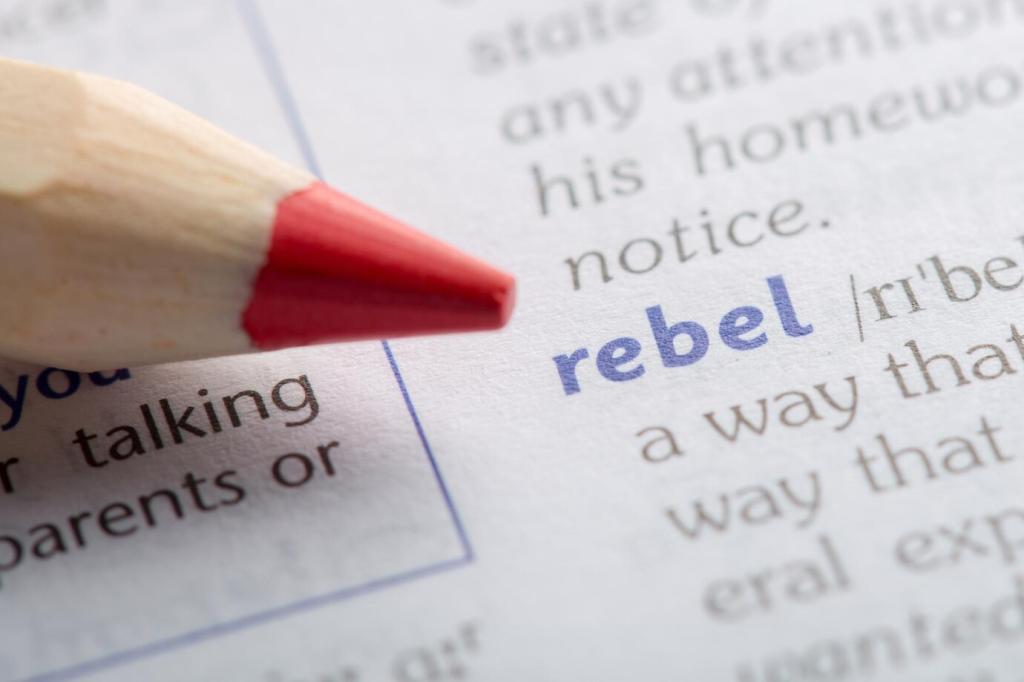Cultural Literacy Through Texts, Traditions, and Context
Teachers frame texts with pre-reading questions, vocabulary previews, and post-reading discussion that reveal subtext and nuance. A short story becomes a cultural map, not just vocabulary practice. Comment with a passage that changed how you view the target culture’s humor, values, or etiquette.
Cultural Literacy Through Texts, Traditions, and Context
From greetings and honorifics to holiday activities, rituals practiced together create embodied understanding. You feel conventions, not just memorize them. Share a classroom tradition that made culture come alive, and invite classmates to reenact it at your next meet-up.



